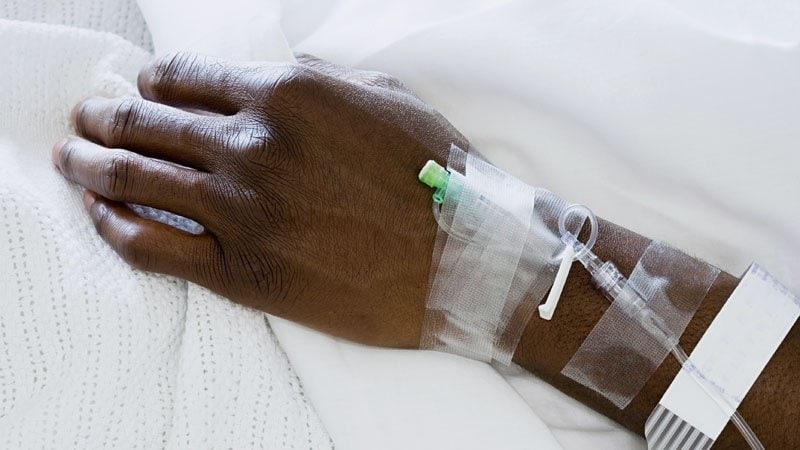The human body needs a lot of oxygen: about a cup a minute, just to stay alive.
If we can’t get the amount we need because of injury or disease, like COVID-19, our bodies quickly start to suffer from oxygen deprivation. After just a few minutes, abnormally low oxygen levels in the blood can damage the brain and other organs, and even cause death.
Doctors have machines such as ventilators that can help people struggling to breathe get enough oxygen, but these have drawbacks and risks.
Now, researchers at Boston Children’s Hospital have developed a device that can inject oxygen directly into the bloodstream through an IV. They haven’t tested it in people yet, but a new study describes testing it out in rats. If the researchers eventually get it to work for people, the approach could prevent severe oxygen loss and lung injuries from ventilators, they say.
Though the technology is far from ready for testing in people, the test run with the rats “is a nice proof of concept,” says John Kheir, MD, a doctor in the Cardiac Intensive Care Unit at Boston Children’s Hospital who is leading the work on the new device.
Currently, patients who need help to breathe get oxygen through a nasal cannula, a ventilator, or, in the most severe cases, by ECMO, a machine that takes out a person’s blood to pump carbon dioxide out and oxygen in before putting it back into their body.
While all these approaches save lives, ventilators can hurt the lungs if used for a long time, and ECMO has a high risk of infection. If doctors could put oxygen directly into a patient’s blood through an IV, it could potentially reduce the need for other ways to give oxygen, or make them safer.
In the future, Kheir and his team hope this technology could be a way to give patients just enough oxygen to keep them going. “It gives patients more time and makes them more stable to go on ECMO,” he says, which can take 15 minutes at the best hospitals to over an hour at others.
How It Works: Oxygen Emulsion
To prepare the oxygen to be injected into the bloodstream, the researchers put it into the device along with a fluid containing phospholipids, a type of fat found in your cell membranes.
The gas and fluid move through nozzles of decreasing size to create tiny nano-bubbles of oxygen with a phospholipid coating — all smaller than a single red blood cell. The new emulsion, a fluid full of tiny bubbles, is then injected into the bloodstream.
The phospholipid packaging and tiny size of the bubbles are critical to giving the oxygen safely.
You can’t just inject oxygen into the bloodstream directly because it will make an air bubble that could block a blood vessel, like what happens when divers get the bends after coming back to the surface too quickly after diving, says Peyman Benharash, MD, a heart surgeon and director of the Adult ECMO Program at UCLA.
With this new nanotechnology approach, “the balls of oxygen are trapped in fat and slowly released to prevent the bends from happening,” he says.
The way the new technology works “is very straightforward, so it could be scalable,” Benharash says.
Fewer than 5% of hospitals have ECMO machines, he says. Something easier to use, like this technology, could potentially offer life-saving oxygen to more people in more remote places.
While the therapy is interesting, Benharash says, “it’s not ready by any means for prime time or use in patients.” Next, he says, he’d like to see how the device works in larger animals for longer periods of time.
As the researchers keep working on their device, Kheir says, they need to scale it up to provide at least 10 times more oxygen, and make it more dependable.
Sources
Proceedings of the National Academy of Sciences: “A microfluidic device for real-time on-demand intravenous oxygen delivery.”
John Kheir, MD, doctor, Cardiac Intensive Care Unit, Boston Children’s Hospital; professor of pediatrics, Harvard Medical School.
Peyman Benharash, MD, heart surgeon, associate professor of surgery and bioengineering, director, Adult ECMO Program, University of California, Los Angeles.
Source: Read Full Article
